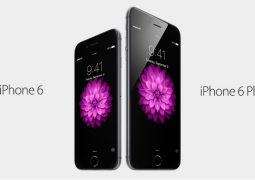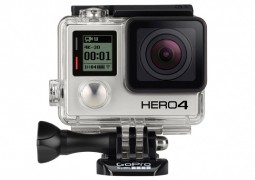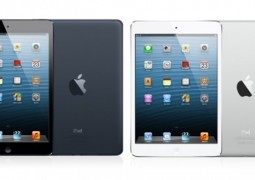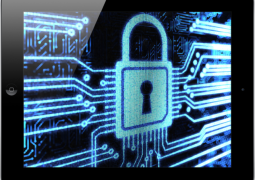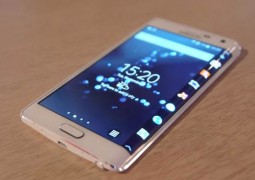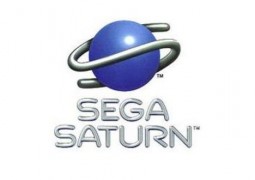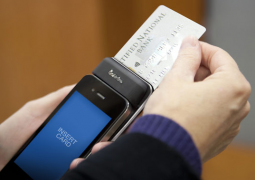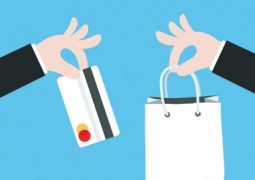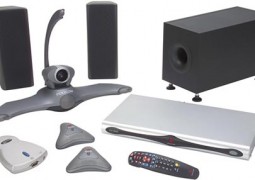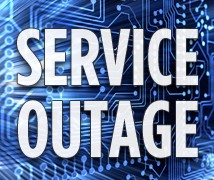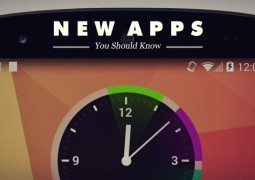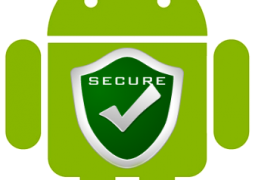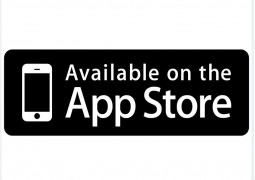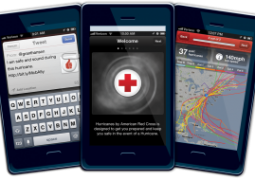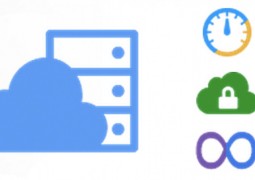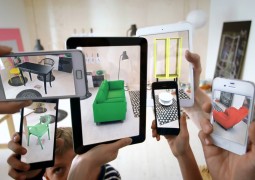Some of the more popular alternatives to point of sale checkout
by 4 February, 2016 1:04 pm0

Decades ago we were all used to queueing at the traditional point of sales (POS). The high street cash register was king when it came to paying for purchases, in stores, restaurants and bars. As with any part of life, retail has not stood still over the years. Advances in technology have led to us all expecting more. Several years back, market research firm Yankelovic was already reporting that 50% of people polled said time was more of a consideration to them than cost.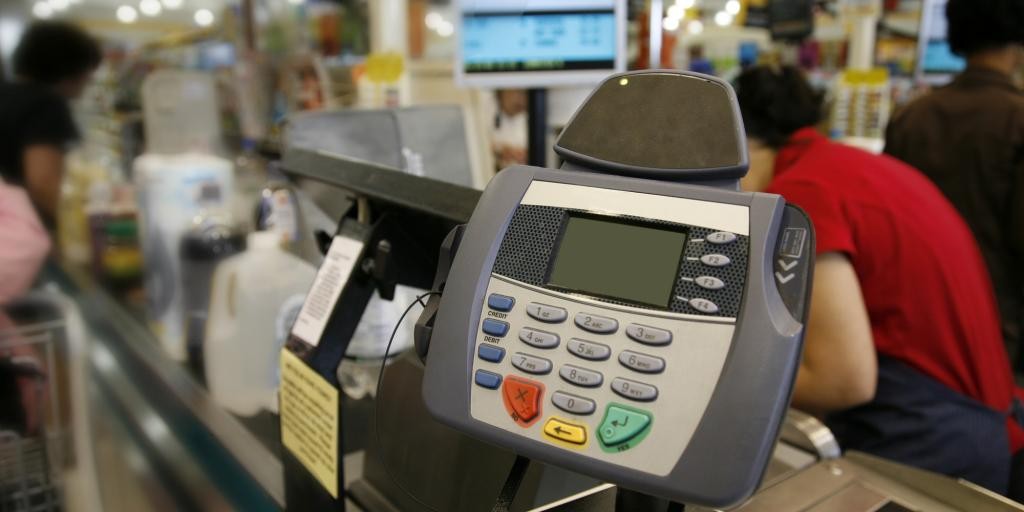
We live in an increasingly fast paced society, and today’s shoppers do not want to have the same length of wait that previous generations experienced. As a result POS has had to adapt, and it has evolved greatly, to the present day of contactless payments and the move of POS toward the customer.
Why the POS checkout needed to change
We live in an era of smart technology. Although we have not yet reached the time when we have fully smart homes we do have technology that helps us to control features such as temperature and lighting. It follows that people expect the same level of convenience, timesaving and personalisation in their retail experience. There was no option for POS solutions but to change, and of course the technology has evolved that has enabled them to do so. We are moving further away from the traditional checkout experiences with so many alternatives having emerged, and with customers beginning to feature more as the point of sales themselves.
How POS systems are changing
POS systems have already changed a great deal, from those that existed decades ago. Today, most retail outlets have moved towards enabling contactless card payments and online retailers like eBay provide a system whereby customers can pay for purchases using their smartphone, directly from their PayPal account. This is part of taking the POS system further toward the customer.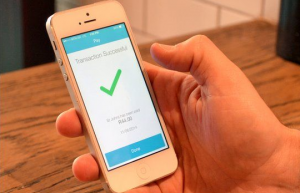
Enabling the customer to pay directly from a mobile device, without the need to interact directly with anyone from the business, has massive implications for the future of retail as we know it. This massive move of POS towards the customer has not happened yet, but a start has been made. You could not very well have asked a queue of customers to each operate a cash register to complete their transaction, but you can ask them to use their own smartphone.
If you had asked business owners years ago whether they thought there would ever be an alternative to traditional POS systems they would probably have said no. In the vastness of overall history it has only been a relatively short time since, and now businesses can operate payments, inventory, payroll and customer relationships using just a tablet. If that is what has become possible so quickly then it will be very interesting to see what further advancements can be made in the coming decades.

